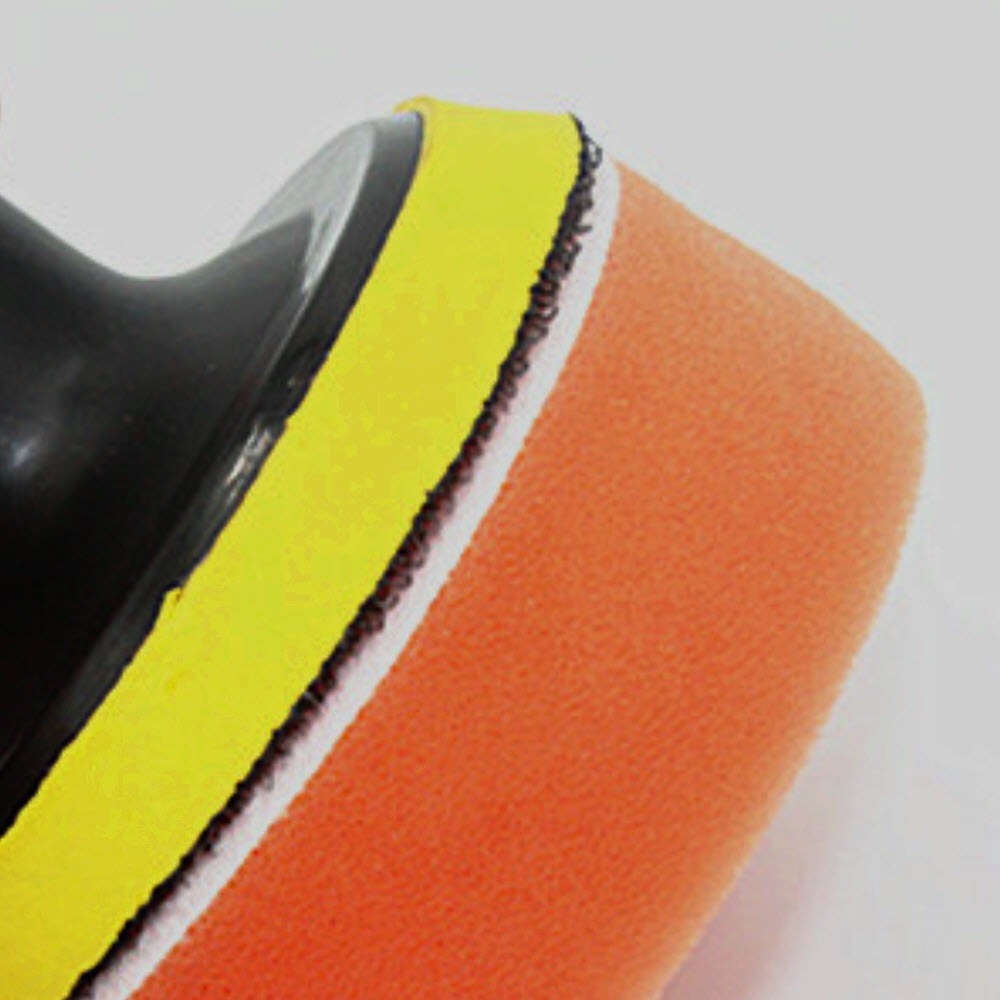How to remove stains and polish glass with Cerium Oxide
Why Does Glass Need Polishing?
- The glass has hard water stains, runoff, or other types of surface damage on the glass that stain removal chemicals won't remove.
- The glass has fine hairlines scratches. (Most can be easily removed by glass polishing.
What Supplies Do I Need to Polish Glass?
- Your own Power Drill
- Our 3 or 5-inch felt polishing pad, or 3 or 5-inch pad with velcro backing a
- Our glass polishing compound, Cerium Oxide. Simply put the head into your drill, then mix some water with the powdered Cerium Oxide to make a paste and dip a polishing head into the paste and apply the compound to the stain or hairline scratches on the glass. This buffing action is what removes the stains and scratches. You'll want a spray bottle with plenty of water to keep spraying on the glass to keep it cool.
Polishing Kit, for glass, paint, granite remove stains and light scratches
QUICK OVERVIEW
- This kit uses polishing pads and Cerium Oxide polish to polish away stains, lights scratches and rub marks from the surface
- Start with the Felt Pads and then use the Foam Polish Pads to create a high shine on your glass, auto paint and natural stone surfaces
- This Kit incudes the pads and adapters needed to remove scratches and poish the surface
- Foam and Felt Polishing Pad(s) are used to polish glass using Cerium Oxide, use the smaller pads in tight spaces and on headlamps
Foam Pads
Foam Pads are easier to use with the polisher as they have some "give" to them and are more gentle allowing the operator some leeway when holding the pad on the surface.
Foam pads can remove light scratches that are right on the surface by them selves, it just may take longer than starting with a Felt Pads.
Foam Pads will remove swirl marks and polishing streaks that were left behind by a Felt Pad. Foam Pads use less Cerium Oxide when polishing but generate heat faster than Felt.
The Flat Foam Pads retore the glass faster than "bumpy" Foam Pads, the bumpy pads generate as heat as quickly and are easier to use for a the final high shine polishing.
-m1xMH1.jpg)

DIRECTIONS:
Machine Operated Use:
Start by thoroughly cleaning the surface of the glass to remove any dirt, debris, or contaminants from the surface of the glass. It is best to use ammonia-free glass cleaner, isopropyl alcohol, or distilled water to clean the glass. Start by masking off the work area to protect any surrounding surfaces from exposure to water and cerium powder. Next open the jar and pour 1 to 2 tablespoons into the lid of the jar. Using the spray bottle of water add water until the powder changes to a paste-like consistency. Next apply a thin layer of cerium paste to the pad. Hold the pad flat to the glass and turn the power tool on. Go over the damaged area for several minutes adding water as needed to maintain a wet surface. When polish appears heavily diluted by the addition of water, stop and apply another layer of cerium paste to the pad. Repeat the application of polish until the damaged area has been restored. Use water and/or glass cleaner to clean the glass and surrounding area immediately after you have finished restoring the glass.Hand Use:
Start by thoroughly cleaning the surface of the glass to remove any dirt, debris, or contaminants from the surface of the glass. It is best to use ammonia-free glass cleaner, isopropyl alcohol, or distilled water to clean the glass. If Cerium Powder is being applied by hand make sure to use a cotton cloth. Next open the jar and pour 1 to 2 tablespoons into the lid of the jar. Using the spray bottle of water add water until the powder changes to a paste-like consistency. Next apply a layer of cerium to the cotton cloth. Spray the surface of the damaged glass with water and rub vigorously. Reapply compound as need, while applying water to keep the surface moist. Finish by thoroughly cleaning the surface of the glass to remove any remaining cerium paste. Again, it is best to use ammonia free glass cleaner, isopropyl alcohol, or distilled water to clean the glass.

